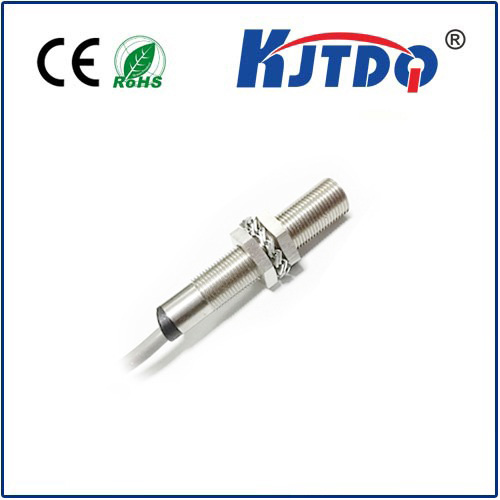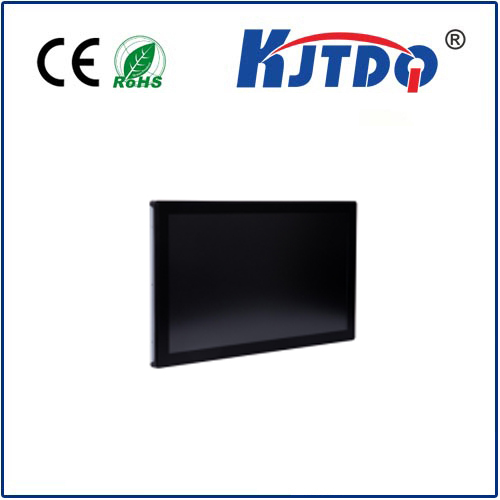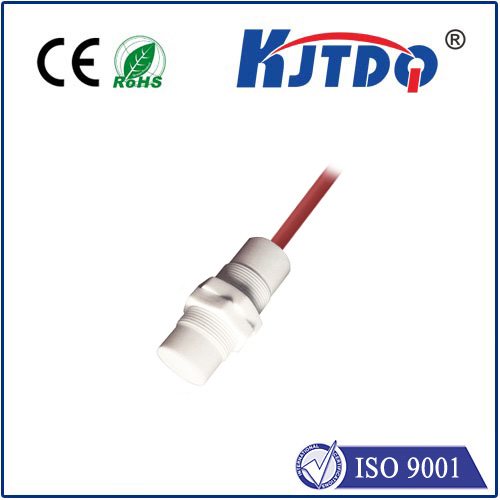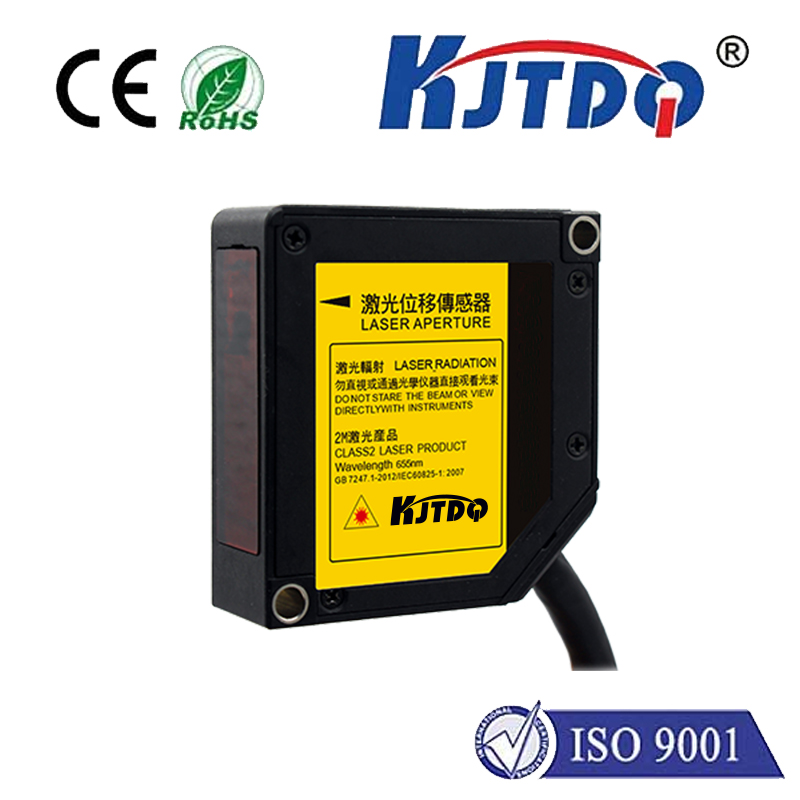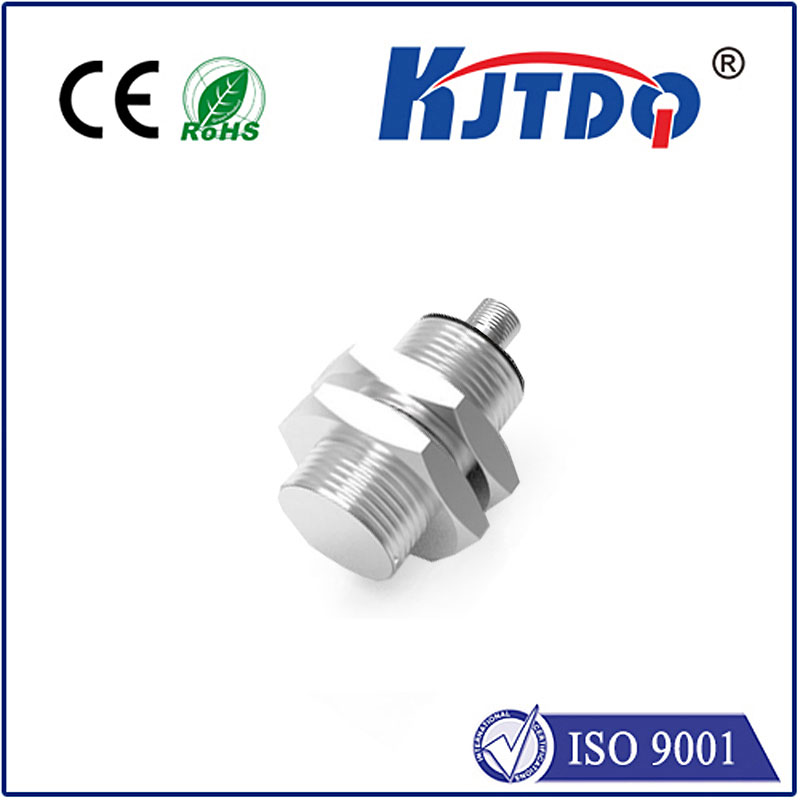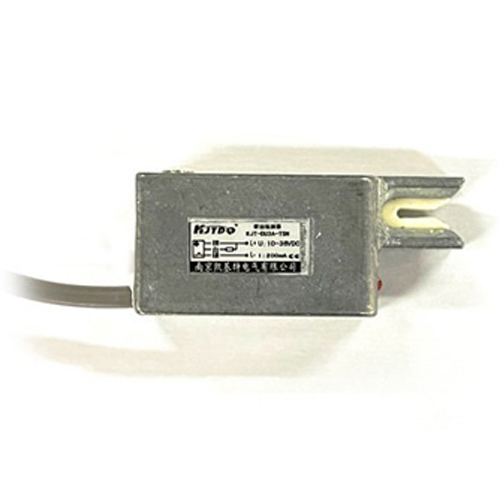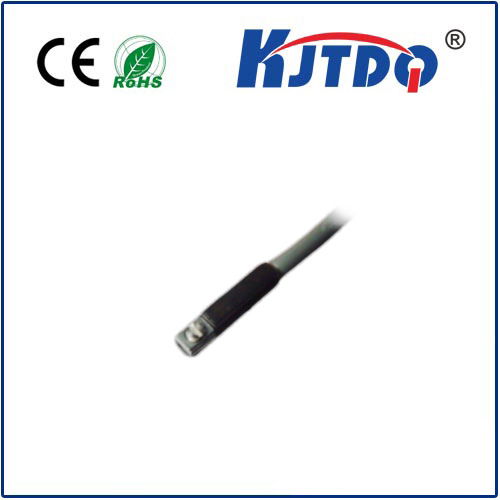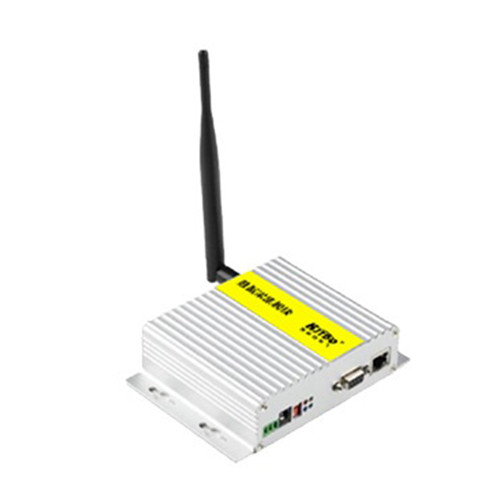Конденсаторный датчик приближения для обнаружения пластмасс
- time:2025-07-03 01:35:59
- Нажмите:0
Plastic Sensing Revolution: How Capacitive Proximity Sensors Detect the Undetectable
Imagine a high-speed packaging line flawlessly handling vibrant plastic bottles. Suddenly, a sensor misses one, causing a jam, wasted product, and costly downtime. The culprit? Plastic detection is inherently challenging compared to metal. This is where the конденсаторный датчик приближения steps in as a remarkably effective and often overlooked solution. Unlike its inductive counterpart, designed primarily for metals, the capacitive sensor thrives in the world of plastic detection, offering a reliable, non-contact method to sense these ubiquitous non-conductive materials. Understanding how they work unlocks their potential to optimize countless automation processes.
The Core Challenge: Sensing the Non-Conductive
Traditional inductive proximity sensors generate an electromagnetic field. When a conductive metal object enters this field, it induces eddy currents within the metal, disrupting the field and triggering the sensor. Plastic, however, is generally non-conductive. It doesn’t readily induce these currents, making it effectively “invisible” to standard inductive sensors. Alternative methods like mechanical switches or optical sensors have drawbacks – contact wear, sensitivity to dust/color/transparency, or higher cost and complexity. This creates a significant gap in automation tasks involving plastic parts, bottles, films, pellets, or sheets.
How Capacitive Proximity Sensors Crack the Plastic Code
Capacitive proximity sensors operate on a different principle entirely. Think of them as creating an invisible capacitor electrode in front of their sensing face. This electrode forms one plate of a capacitor. The other “plate” can be a nearby ground reference (like a machine frame) or, crucially, the target object itself.

Here’s the science behind plastic detection:
- Field Generation: The sensor generates a high-frequency oscillating electric field projecting from its active surface.
- Material Interaction: When any material enters this field – conductive or non-conductive – it alters the field’s characteristics. Even though plastic is non-conductive, all materials have a dielectric constant (εr). This constant measures a material’s ability to store electrical energy in an electric field relative to a vacuum. Air has a dielectric constant very close to 1, while plastic materials have higher dielectric constants (typically ranging from 2 to 8 or more, depending on the specific polymer).
- Dielectric Effect: As the plastic object (with its higher dielectric constant) enters the field, it increases the capacitance between the sensor’s electrode and the ground reference. Essentially, the plastic acts as a dielectric material enhancing the capacitor’s ability to store charge.
- Detection Threshold: The sensor continuously monitors changes in this capacitance or the amplitude of the oscillation circuit maintaining the field. When the change caused by the higher dielectric plastic exceeds a pre-set threshold, the sensor’s output switches state, indicating a detected object.
Key Advantages for Plastic Detection Applications
This unique operating principle grants capacitive sensors distinct benefits for sensing plastics:
- Non-Contact Sensing: Like inductive sensors, capacitive sensors detect objects without physical touch, eliminating wear and tear.
- Material Agnostic (within reason): They can detect any material – plastic, wood, cardboard, glass, liquids, powders – as long as its dielectric constant differs significantly enough from air. This makes them incredibly versatile beyond just plastic.
- Insensitivity to Color and Transparency: Since they sense dielectric changes, not light reflectivity, capacitive proximity sensors work equally well on clear PET bottles, opaque black ABS parts, or colored films. Optical sensors often struggle with this.
- Detection Through Barriers: A significant advantage is their ability to detect objects behind thin non-metallic walls or containers. Need to sense plastic pellets inside a plastic hopper? Or liquid level through a plastic sight glass? Capacitive sensors often handle this where optical sensors cannot.
- Эффективность затрат: Generally more affordable than complex vision systems or some specialized sensors for non-metallic detection.
Optimizing Capacitive Sensors for Plastic Detection
While powerful, successful implementation requires understanding key considerations:
- Sensitivity Adjustment: Most capacitive sensors feature a sensitivity potentiometer. This is crucial for plastic detection. Lower sensitivity settings (smaller effective sensing range) are often needed to detect thin films or low-dielectric plastics, reducing false triggers from background objects. Conversely, thicker plastics or high-dielectric polymers might allow a wider range.
- Target Dielectric Constant: Different plastics have different dielectric constants. PVC (εr ≈ 3-4) is easier to detect than PTFE (Teflon, εr ≈ 2.1). Understanding your specific plastic helps set realistic expectations for sensing distance and potential need for sensor tuning.
- Background/Object Size: Large objects or objects close to a ground reference are easier to detect. Small, isolated plastic pieces may require a higher initial sensitivity setting.
- Environmental Factors: Moisture, dust, or humidity in the air can slightly increase the baseline dielectric constant, potentially affecting sensitivity. Some sensors offer environmental compensation features. Mounting stability is also key, as vibration can cause false triggers.
- Mounting and Grounding: Proper installation is vital. Ensure the sensor is securely mounted, and consult the datasheet for recommended distances to surrounding metal parts. A stable ground plane enhances performance.
Industrial Applications: Where Capacitive Sensors Shine with Plastics
The ability to reliably detect non-conductive materials makes capacitive proximity sensors indispensable in numerous sectors:
- Packaging: Detecting presence/absence of plastic bottles, containers, lids, blister packs, labels, and shrink-wrapped packages on conveyors; verifying cap placement; counting plastic items.
- Bottling & Filling: Level detection of liquids in large plastic intermediate bulk containers (IBCs) or tanks; verifying bottle presence before filling; detecting plastic closures.
- Plastics Manufacturing: Confirming presence of plastic pellets in hoppers (through walls); detecting extruded plastic profiles, sheets, or films; verifying mold closure (if non-metallic); part positioning in assembly.
- Recycling: Sorting lines to detect plastic containers or fragments mixed with other materials; verifying bin levels filled with plastic recyclables.
- Pharmaceutical: Sensing plastic vials, blister packs, or tube caps; detecting liquid levels in plastic bottles during filling.
- Food & Beverage: Detecting plastic trays, lids, or packaging components; presence sensing on processing lines.
Choosing the Right Sensor
When selecting a Конденсаторный датчик приближения для обнаружения пластмасс, consider:
- Required Sensing Distance: Match this to your application’s object size and mounting constraints. Remember plastics generally require shorter sensing ranges than metals.
- Plastic Type & Thickness: Understand its dielectric properties. Thicker or higher-dielectric plastic allows longer ranges.
- Environmental Conditions: Temperature, presence of moisture/dust, potential chemical exposure.
- Output Type: Typically PNP or NPN transistor outputs for PLC integration.
- Housing Material: Stainless steel for harsh environments, PVC or PBT for general use.
- Special Features: Need shielded (flush-mountable) or unshielded (longer range)? Does the application require analog output for distance measurement? Are IO-Link capabilities beneficial for data and diagnostics?
Выводы
The конденсаторный датчик приближения is far more than just a metal detector alternative. Its unique ability to detect changes in an electric field, driven by the dielectric constant of materials, makes it exceptionally well-suited for the critical task of plastic detection. By bypassing the limitations of inductive and optical methods for non-conductive targets, capacitive sensors provide a robust, versatile, and cost-effective solution across packaging, manufacturing, recycling, and countless other industries. Mastering their sensitivity adjustment and understanding

